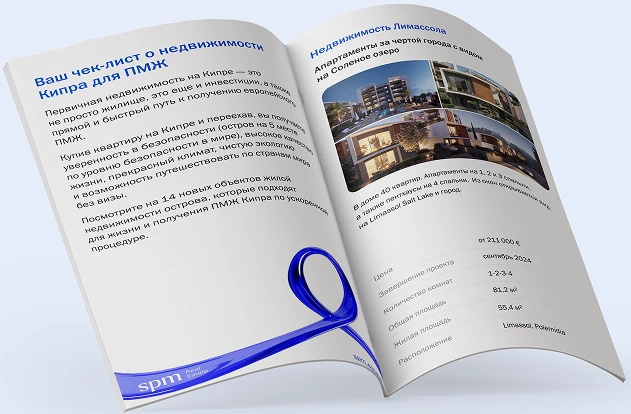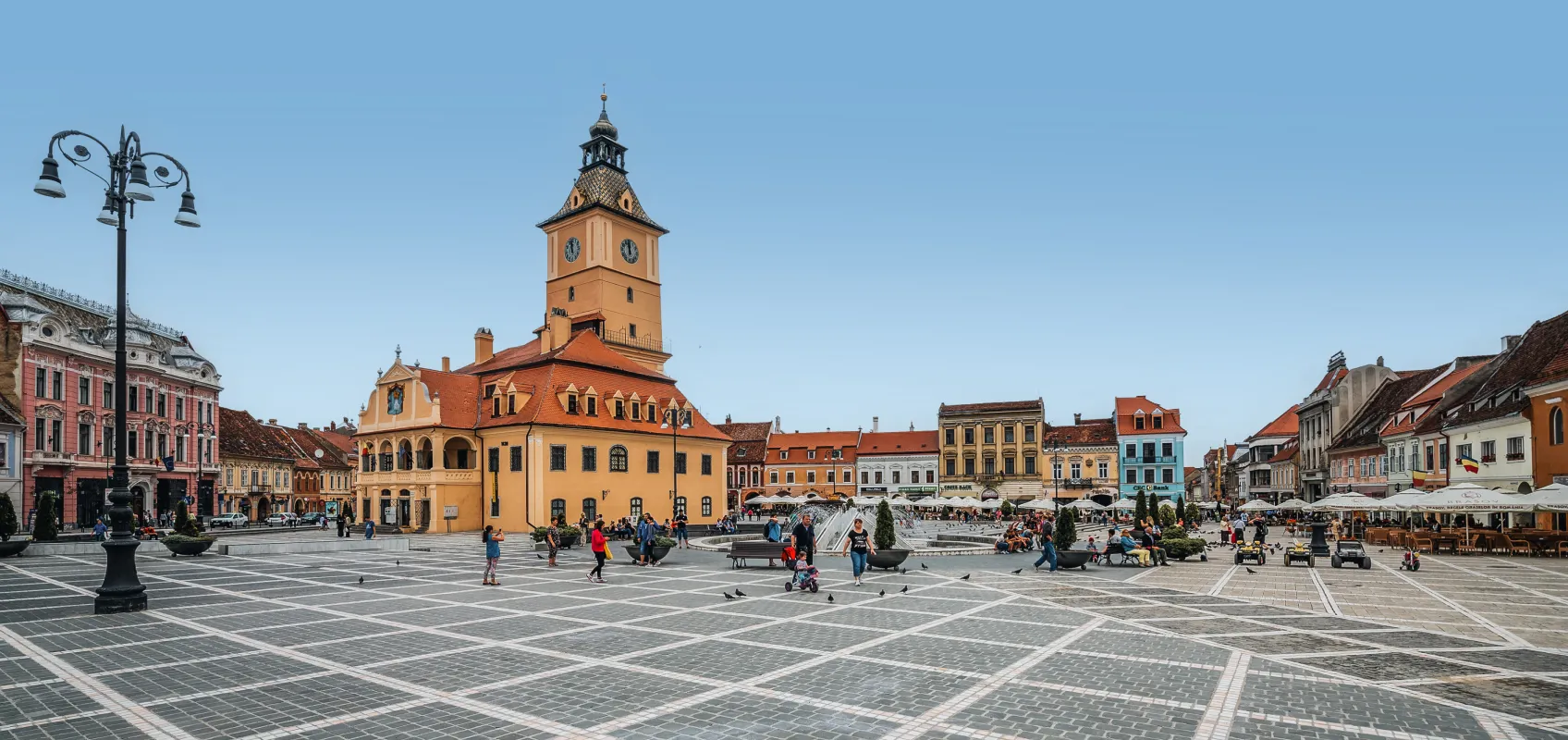Having become a member of the EU in 2004, Cyprus has long felt at home among its peers, but formally remained outside the Schengen area. Soon, this gap in integration will disappear — Cyprus only needs to complete the final technical formalities, and it will finally gain access to the borderless Schengen area. In 2025, all the final technical procedures will be completed. On 11 May, President Nicos Christodoulides publicly stated:
«We must complete our part, I assure you that by the end of 2025, we will complete all the technicalities».
The European Parliament actively supported this initiative. After meeting with Christodoulides, European Parliament President Roberta Metsola emphasised:
«On Schengen, you will find a parliament, as always, by your side. We will support, we will be vocal in doing so, and we will make sure that you will have absolutely no concerns with anybody in the European Parliament in this regard».
Thus, this is not just a matter of ambition, but of state policy with clear support at the EU level.
Cyprus is closer to Schengen than ever before
2023 — Cyprus joined the Schengen Information System (SIS II), which shares info on wanted people, migration flows, and security threats. To this end, a national SIRENE office was established.
2024 — The EU Council unanimously approved the application of Schengen legislation regarding SIS on the territory of Cyprus. However, due to the ‘Green Line’ (the border between the southern and northern parts of Cyprus), a number of legal nuances arose.
2025 — Cyprus is actively integrating the EES (entry/exit registration system) and ETIAS (visa authorisation), which indicates its imminent accession to the Schengen area.

Cyprus is closer to Schengen than ever before
There is the issue of the so-called ‘Green Line’ that divides the island. The EU does not recognise this line as an official border, but this does not prevent Cyprus from joining Schengen.
A key stage began in 2025 — the official readiness assessment (Schengen Evaluation), which includes on-site inspections. At the same time, preparations are underway for the introduction of new entry tools — EES (Entry/Exit System) and ETIAS (Electronic Travel Information and Authorisation System) — for citizens of countries that do not require a visa to visit the EU. Cyprus is actively preparing for the integration of these mechanisms, which should harmonise migration control throughout the Schengen area.

Introduce new entry tools
Today, Cyprus demonstrates the highest level of technical readiness in the history of negotiations on accession to the Schengen area, which confirms a high level of preparation and a genuine political intention to become a full member.
At the same time, experts warn that until all stages of the checks have been completed and the European Council has made a political decision, it is too early to discuss 2026 as the final date. However, the pace and scale of the changes show that Cyprus is closer to Schengen than ever before.
Download a checklist

From personal experience
The experience of countries that have recently joined the Schengen area shows clear positive changes, both economically and in terms of image.
Romania and Bulgaria. Although their full accession to Schengen is still in stages, air and sea controls at the borders with Schengen countries were lifted on 31 March 2024. This immediately had an impact on:


Although their full accession to Schengen is still ongoing in stages, air and sea border controls with Schengen countries were lifted on 31 March 2024. This immediately had an impact on:
- Tourism growth: in the first month after the removal of controls, the number of passengers at Bucharest’s international airports increased by 15.2% (data from the Romanian Airports Association).
- The economy of border regions: in the first quarter of 2024, cross-border trade grew by 11.7% (data from the Bulgarian Institute of Statistics).
- Investor confidence: Romania’s investment attractiveness index rose 8 points (KPMG Investment Confidence Index).

Romania

Upon joining Schengen on 1 January 2023, the following trends were observed in the first year:
- Tourist growth: +18%, with foreign spending exceeding €2.5 billion (data from the Croatian Bureau of Statistics).
- Activity in the real estate market: 12% growth in investment, especially in coastal regions.
- Improvements in banking procedures: faster customer identification and fewer rejections thanks to more transparent checks.

The old city port in Croatia
These examples confirm that joining the Schengen area is not just a political step, but a powerful economic trigger, boosting confidence among tourists, businesses, and private investors. That is why experts view Cyprus’s potential accession in 2026 not as a formality, but as an opportunity for a strategic leap forward.
Before It’s Too Late
There are several important points to consider before Cyprus becomes a full member of the Schengen area:

Villa by the sea
- Obtain a visa
If you have a Cypriot visa, it will automatically become a Schengen visa after accession, allowing you to travel freely throughout all 29 countries in the area under the 90/180-day rule. - Invest in real estate
In 2023–2024, apartment prices in Paphos rose by 13.9% and in Limassol by 5%. After the Schengen announcement, demand in the high-end segment became even more active. In the first year after official accession, prices and rental rates may rise by an additional 10–15%. - Apply for permanent residence
Currently, the minimum threshold for obtaining permanent residence in Cyprus is €300,000. After the country formally joins the Schengen area, the cost of such programmes will definitely increase — a similar scenario has already been implemented in other countries where investment programmes have been transformed or closed altogether. For example, in Portugal, the authorities recently tightened the requirements for investors and subsequently closed the possibility of obtaining a residence permit through the purchase of real estate altogether. In Cyprus, the rules are also likely to become less favourable, and the entry threshold higher.
Find out more about obtaining permanent residence in Cyprus
Now is the best time for investors:
€300,000 gives access to a growing, vital asset (residence + Schengen). But as soon as Cyprus officially joins Schengen, the threshold and real cost of such programmes may rise sharply, approaching €600,000—€700,000.
If you have been considering Cyprus as a fallback option, an investment destination or a future home for your family, the window of opportunity is now open, but it will not remain so indefinitely — the most favourable conditions are available until Cyprus finally joins the Schengen area.

If you are looking for a place to live or invest, consider Cyprus
What you can do right now:
- Apply for permanent residence or a ‘golden visa’ under the current conditions
- Choose a property at current favourable prices
- Move your family and enrol your children in school for the autumn term in advance
- Consult with experts on the new Schengen Zone rules and their impact on residency
Suppose you have considered Cyprus as a fallback option, an investment opportunity, or a future for your family. In that case, the window of opportunity is now open but not unlimited — the most favourable conditions are available until Cyprus finally joins the Schengen Zone.
Sources
Как выбрать стартап для инвестиций / iClub
Что такое венчурные инвестиции / iClub
Patience Is Required in Angel Investing / Angel Capital Association
Investing During Up and Down Cycles: Which Produces Better Returns? / Angel Capital Association
The State Of Venture Capital: The Pendulum Swings / Forbes
Diversification Strategies For Investing: Maximizing Your Portfolio / Forbes


